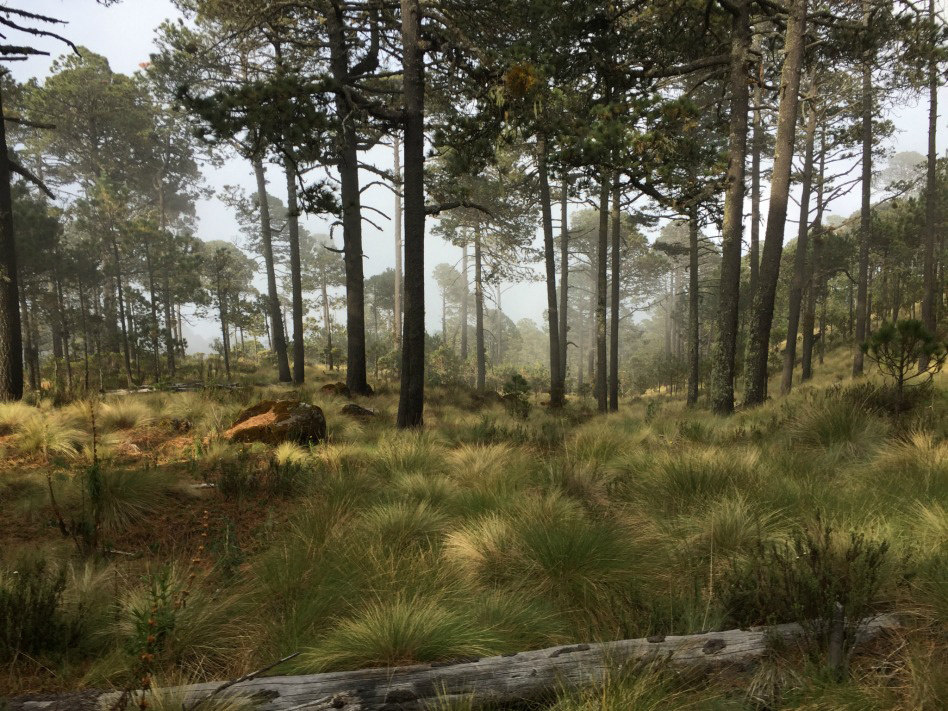
Reforestation becomes issue in Mexican forest management
The outgoing Mexican administration has met its goal to reforest one million hectares (2.47 million acres) of depleted woodlands, but questions have been raised about whether the government is taking the right course of action.
While the National Forestry Commission (Conafor) defends the administration's method, the Mexican Sustainable Forestry Council (CCMSS) questioned its environmental benefits.
"We have reforested almost a million hectares, but what happens next? What good is a million reforested hectares?" CCMSS regional coordinator Lucia Madrid said, adding that many of the replanted trees will not survive.
In the administration's defense, Conafor director Arturo Beltran said that local communities have been educated to help preserve the trees planted in their midst.
Beltran also said that the survival rate of new trees jumped from 32 percent in 2012 to 64 this year, and encouraged to keep "working under this logic."
CONTENIDO RELACIONADO
"More than 900,000 restored hectares are within communities that have been given economic support for their maintenance," he added.
Madrid, on the other hand, insists that the survival of a few trees does not represent the same environmental value as a full forest, saying that such "commercial plantations" are devoid of the characteristics of a natural forest.
She also said that many reforestations are done using trees of the same age and species, which fails to address the various specific needs of the ecosystem.
The expert added that just replacing younger trees where the older ones have been lost does not make up for the devastation of the some 250,000 hectares (617,763.5 acres) of wooded lands lost every year.
"The old forests we are losing are very different to the newly planted ones in terms of species, hydrological value, biodiversity or carbon sequestration," Madrid said.










DEJE UN COMENTARIO:
¡Únete a la discusión! Deja un comentario.